Miley Cyrus’ ‘Plastic Hearts’ embodies ‘fiery spirit’
A new album and a new persona, for Cyrus as channels and plays with rock greats
To match the new rocker persona fans have seen from Miley Cyrus in the past months, on Nov. 27 Cyrus released her latest album “Plastic Hearts.” Given that this album comes right after her recent divorce with Liam Hemsworth, it is emotion-packed. Struggling for the past few years with the loss of her house in Malibu from the California wildfires, drug addiction, and the loss of her grandmother, Miley’s raw voice gives life to feelings of frustration, pain, and yet strength during hard times.
Most of those who know Miley have seen the drastic changes she has gone through over her music career. From her role as Hannah Montana on Disney Channel, to the bold new facade she put on for “Bangerz”, Miley does not cling to one image, and doesn’t shy away from change. So, after her cover of “Heart of Glass” went viral on Tiktok, the demand for more rock from Cyrus shot up drastically. Mullet and all, Miley met these demands in “Plastic Hearts.”
Beginning the album with “WTF Do I Know,” Miley incorporates bass and electric guitar to set the mood for this dance-rock album. Although it is meant to reflect her cold-heartedness and strange inability to miss her ex, the song keeps an energetic tempo, and features a refined guitar solo. “WTF Do I Know” paints a picture of Miley Cyrus as the renegade, independent spirit that appears again throughout different songs in the album such as “Midnight Sky, Bad Karma” and “Night Crawling” featuring Billy Idol himself.
“Midnight Sky,” being one of the singles released before the album, paints this picture very clearly. Lyrics such as “I was born to run, I don’t belong to anyone/Don’t need to be loved by you” assert Miley’s dominance over her struggles. The song flaunts a ghost-like, ethereal voice behind bass and drums, and after releasing it, it came to Miley’s attention that it shared similarities with “Edge of Seventeen” by Stevie Nicks. Because of this, she chose to include a mashup featuring Stevie Nicks herself called “Edge of Midnight,” which is truly harmonically rich, and a thrill to hear for old-time rockers. This song comes alongside two more rock covers: “Heart of Glass” by Blondie and “Zombie” by the Cranberries at the end of the album, which are given new intensity and liveliness through Miley’s rough, yet beautifully pitched vocals that would make any listener question how this could be her first rock album.
But, even Miley Cyrus’s fiery spirit burns out to a point. Cyrus expresses her pain in slower-paced songs such as “High,” where she rasps her ‘goodbyes’ to old memories in a reminiscent feature of softer guitar strumming, and a thumping drum beat. In both “Never Be Me” and “Golden G String” Cyrus gives in to her more vulnerable side, and reveals that although she appears to be liberated and self-made, she still craves love just like the rest of us.



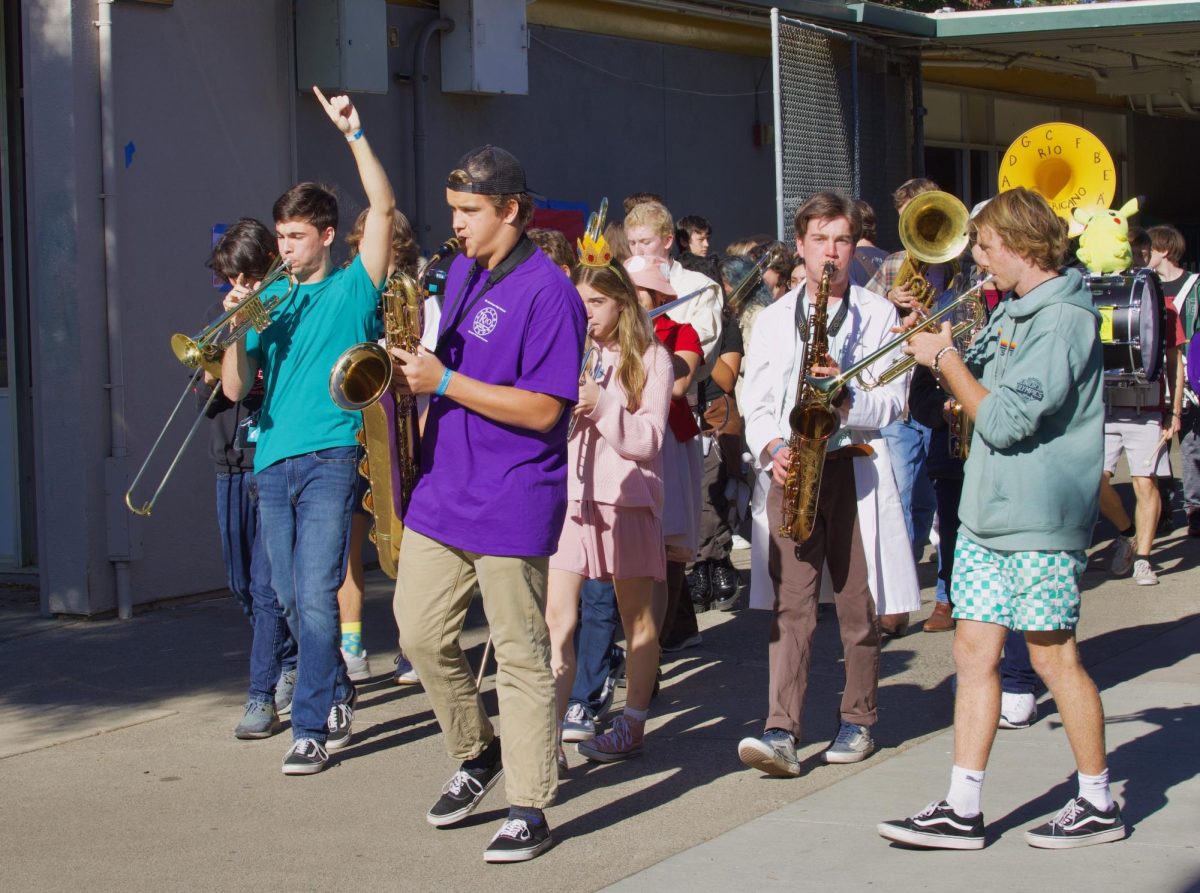



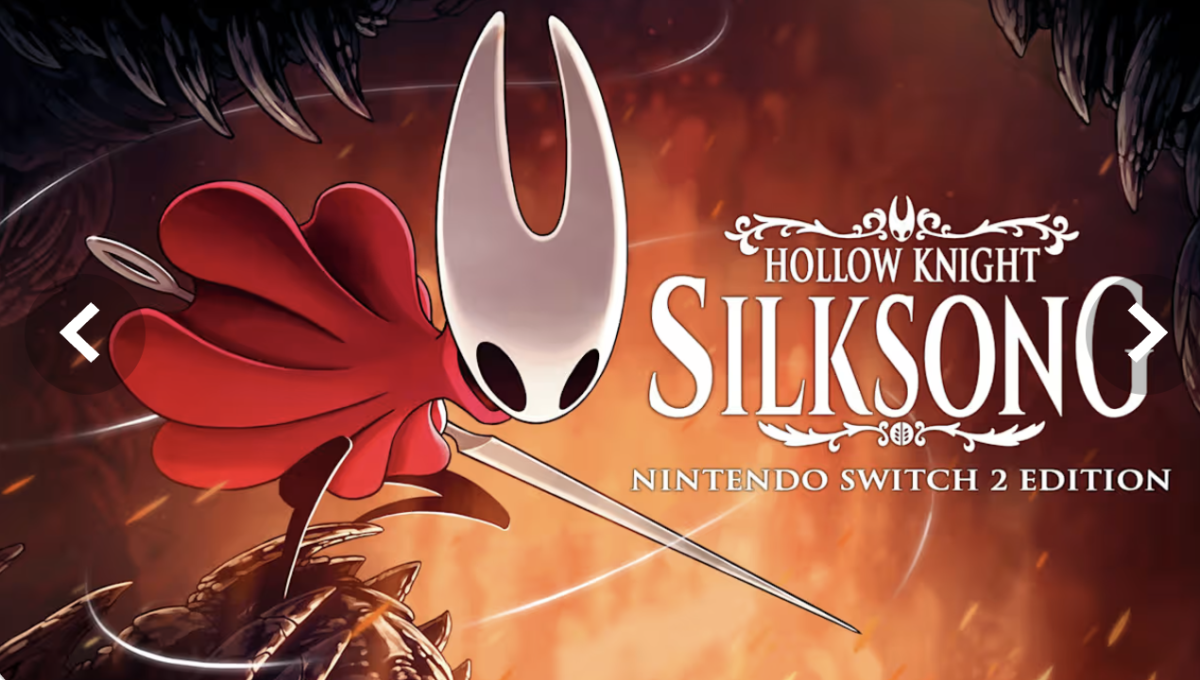




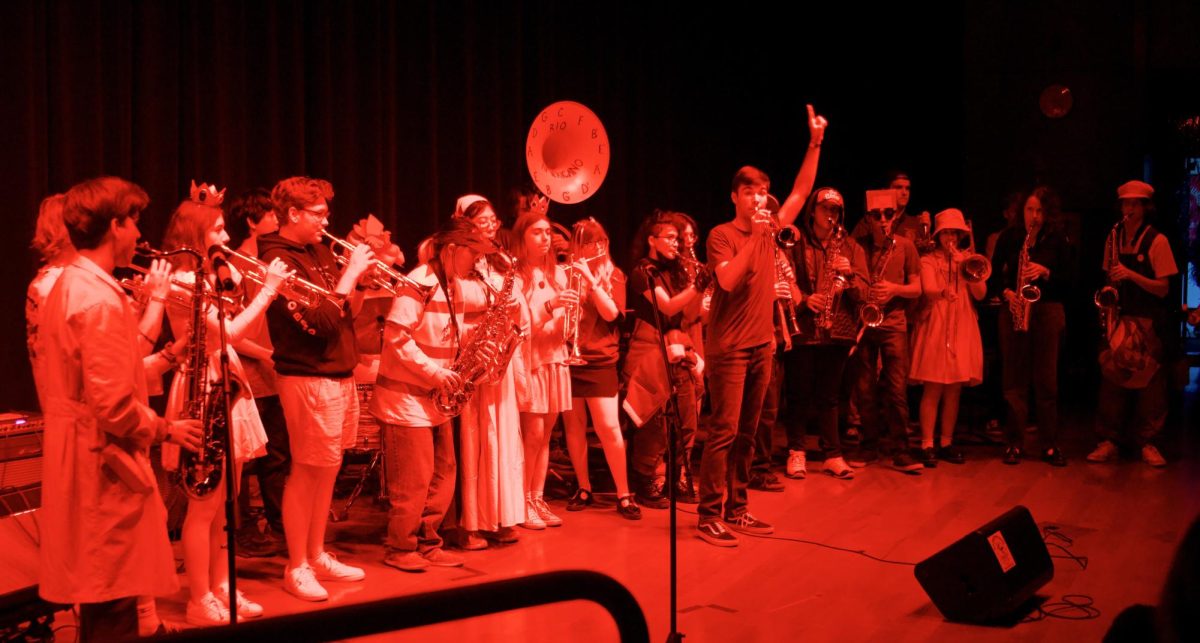
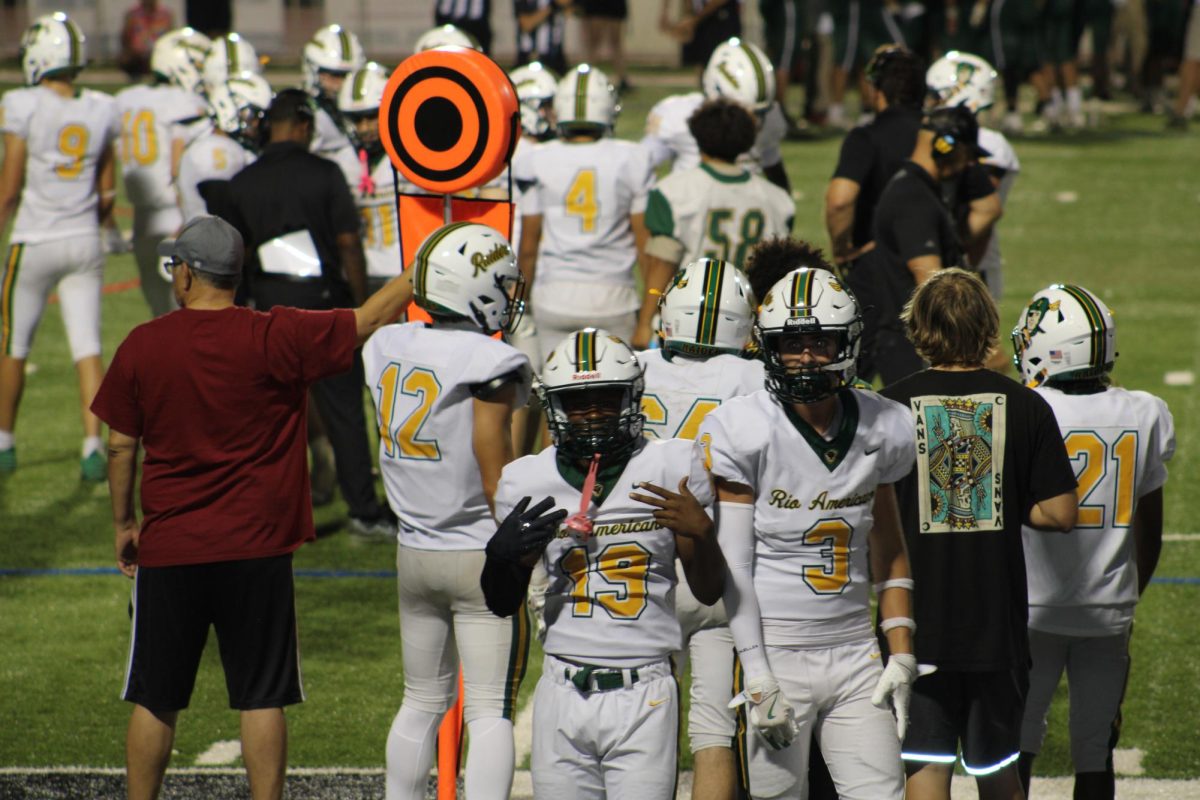
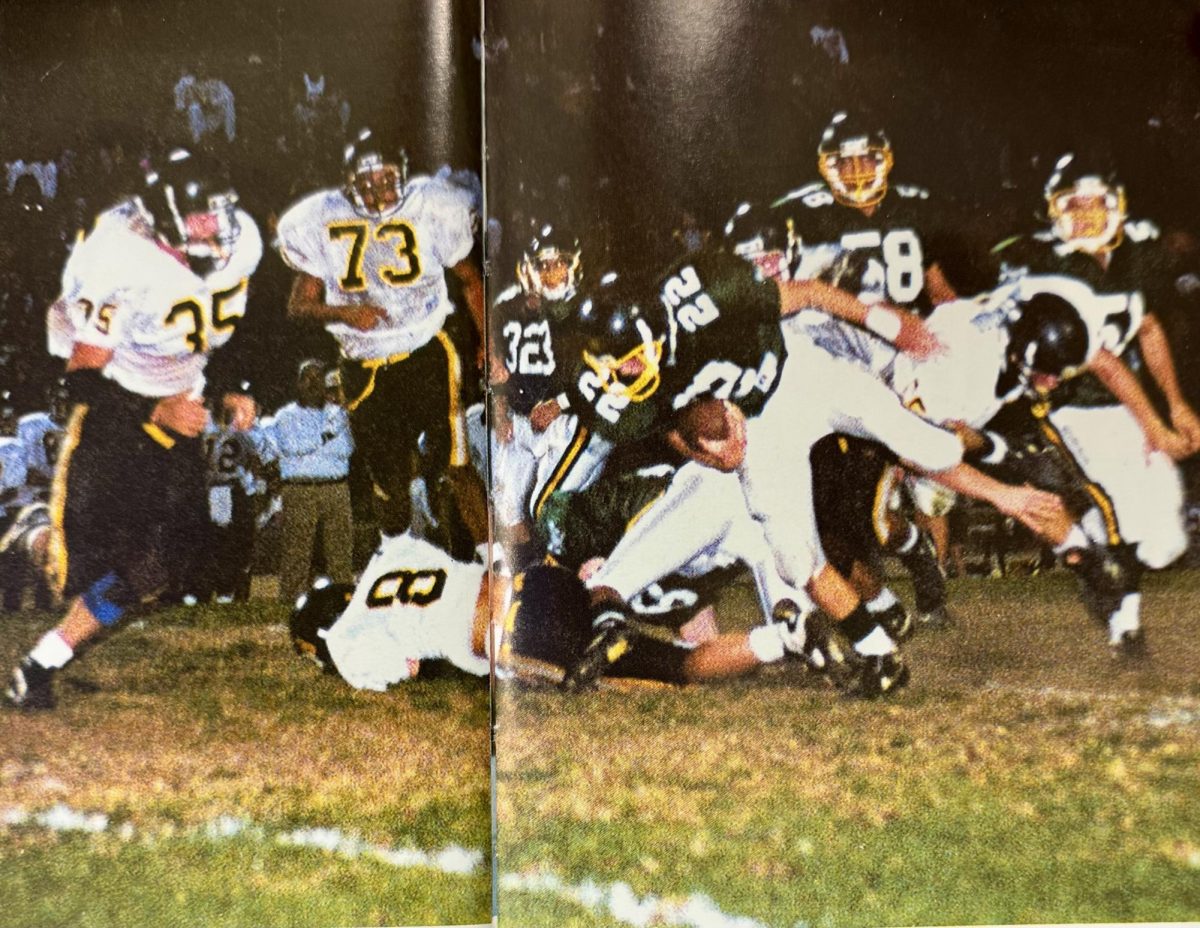





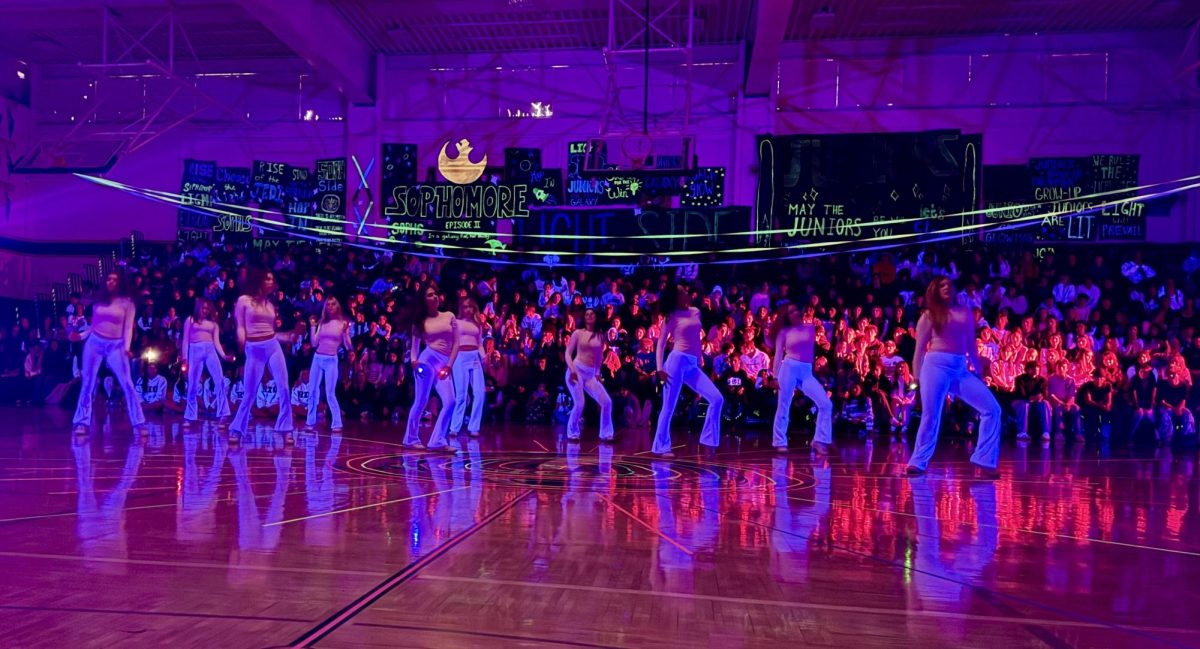







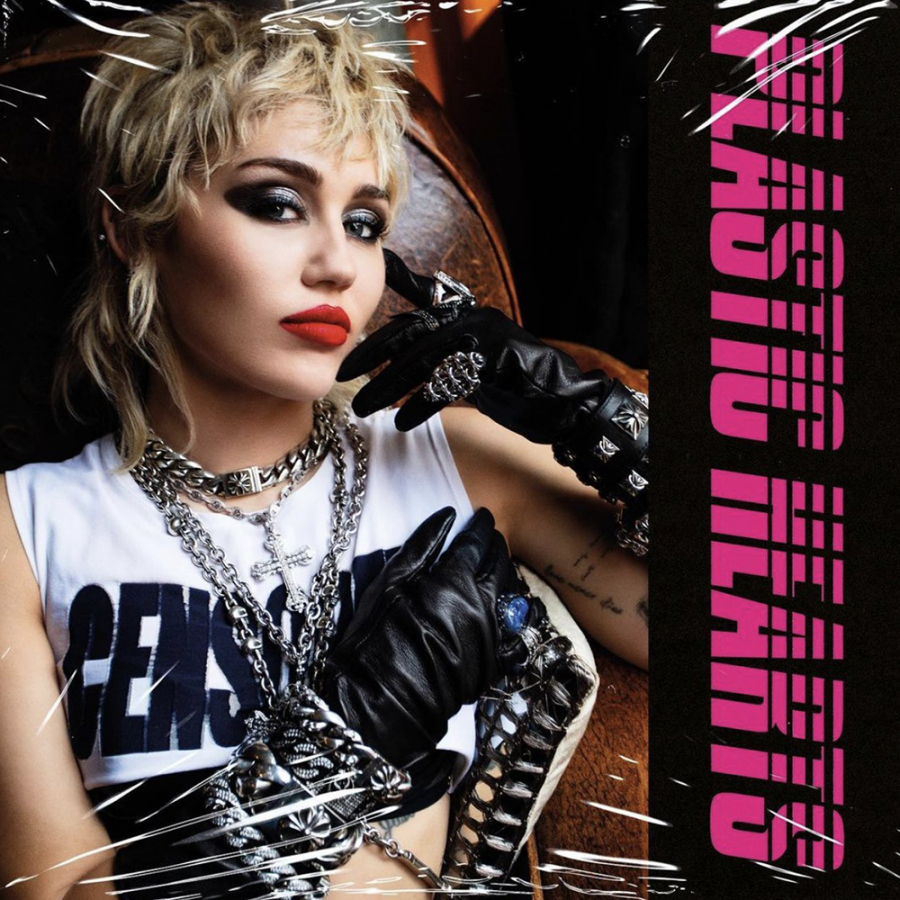
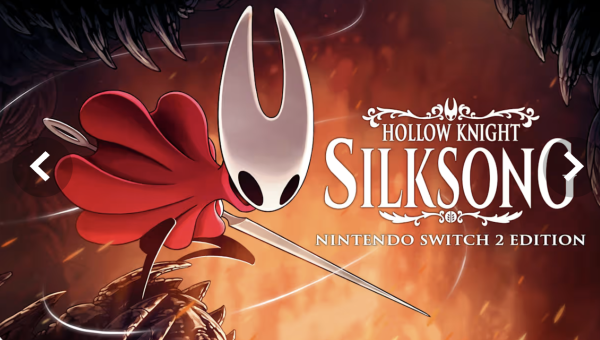




Nora • May 23, 2021 at 9:52 PM
This is great. I think you did a really good job with getting a lot of great info across in a small amount of words.